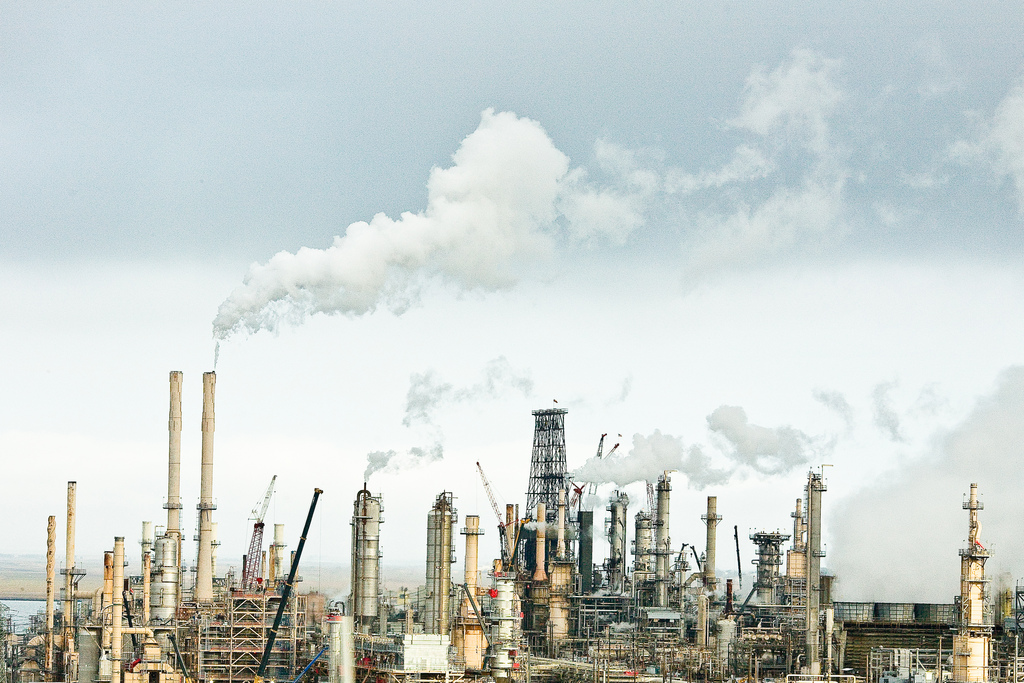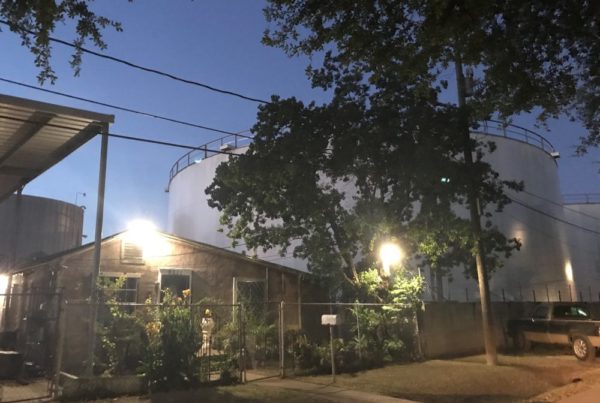The price of a barrel of West Texas Intermediate Crude was up over $73 late last week. That’s the highest U.S. oil prices have been since 2014. For drivers, that will mean higher pump prices this summer.
Matt Smith is the director of commodity research at ClipperData. He says that, despite a seemingly saturated market, a number of factors are keeping U.S. oil prices high.
“What we’re seeing is an interesting dynamic between U.S. prices and global prices,” Smith says. “So, in terms of the U.S., here, we’ve seen oil prices rise in the aftermath of the OPEC meeting.”
During OPEC’s most recent meeting, members agreed to undo an agreement signed last year to limit oil production. But according to Smith, U.S. oil prices have still risen to the mid-$70 mark thanks to record oil exports out of Texas, record refinery usage, and an outage of Canadian oil exports.
“A good chunk of the rally that we’ve had in the last month or so we’ve had is because of the Iranian sanctions,” Smith says. “And that has only ratcheted up in terms of pressure on Iran in the last week.”
The U.S. has put considerable pressure on importers of Iranian crude: China, India, and many European countries. As it stands now, Iran will have exported 2.2 million barrels of crude oil this June. But the U.S. wants to see that number go lower.
“They’re targeting zero exports out of Iran,” Smith says. “That is going to have a majorly bullish impact on prices if it comes to fruition.”
Another development that could disrupt Texas oil prices is Mexico’s recent election. The winner, Andrés Manuel López Obrador, had campaigned on lowering gas prices, but he probably won’t achieve that through taking over Mexico’s largest gas company.
“There’s no way he could nationalize Pemex again,” Smith says.
Written by Kevin Wheeler.














